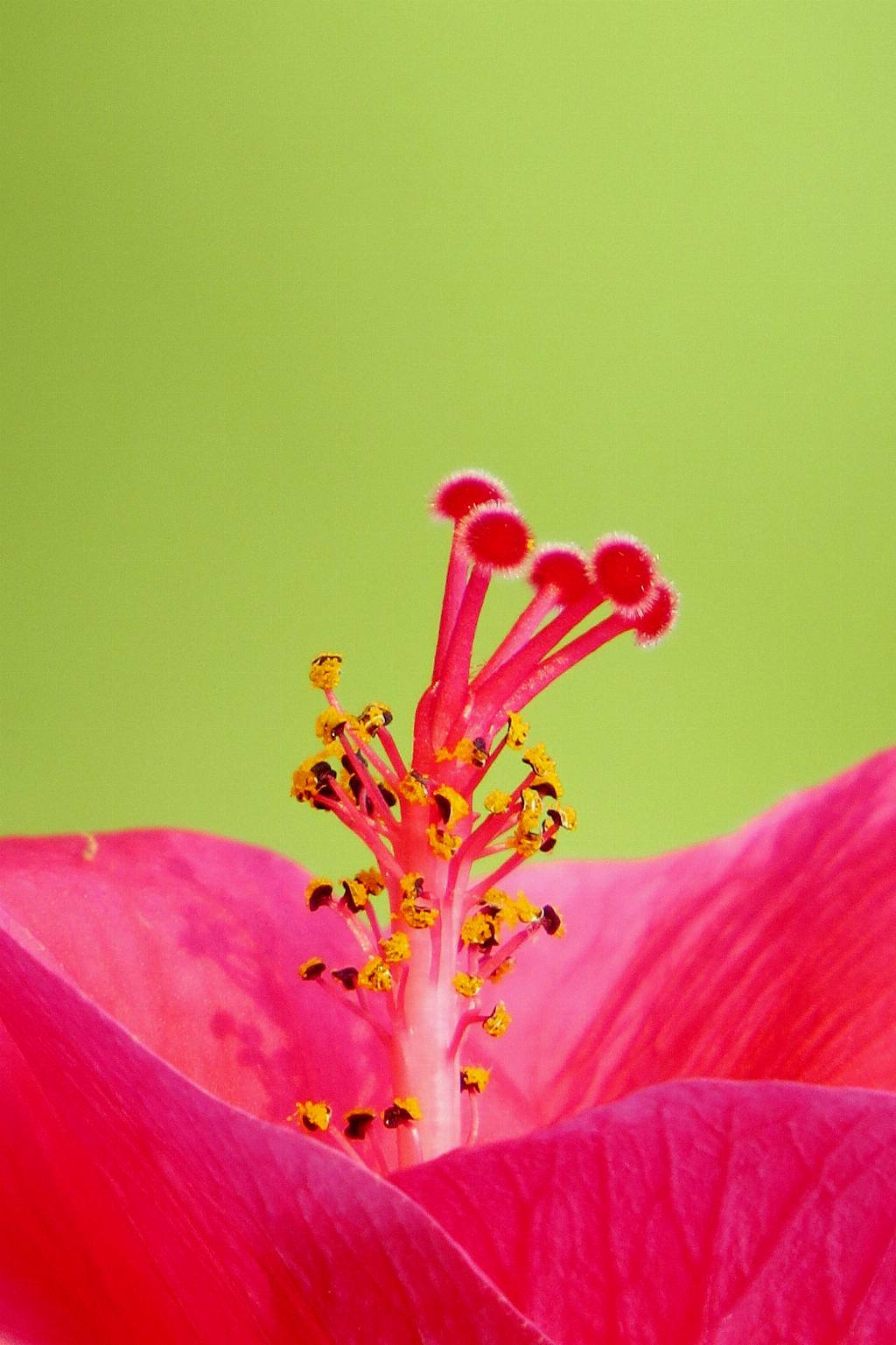When we admire the vibrant and mesmerizing beauty of hibiscus flowers, it’s natural to wonder about their origins and the fascinating journey that led them to enchant gardens and landscapes all around the world. In this article, we delve into the captivating history and geographic locations of hibiscus flowers, exploring their native habitats, evolutionary adaptations, human cultivation, and environmental impact.
History of Hibiscus Flowers
The story of hibiscus flowers traces back to ancient times, with records suggesting they have been cultivated in China, Japan, and the Pacific islands for centuries. While the exact origin of the Hibiscus rosa-sinensis species remains a mystery, white-flowered species like Hibiscus arnottianus and Hibiscus waimeae are believed to be indigenous to Hawaii, adding a touch of local flora to the islands.
Geographic Regions
Hibiscus flowers thrive in tropical climates, with their vibrant blooms adorning regions across the globe. From Asia to the Americas, hibiscus species can be found in various locations, each showcasing a unique diversity of colors and shapes that reflect the environmental conditions of their habitat.
Native Habitat of Hibiscus Flowers
These flowers have specific soil and climate requirements for optimal growth, with each species adapting to its environment to flourish in the wild. Hibiscus flowers play a vital role in local ecosystems, attracting pollinators and contributing to biodiversity.
Evolution and Adaptations
Over time, hibiscus flowers have evolved unique characteristics and adaptations to survive in different regions. Pollinators play a crucial role in shaping the development of hibiscus flowers, contributing to their genetic diversity and resilience.
Human Cultivation and Distribution
Humans have practiced the cultivation of hibiscus flowers for generations, incorporating them into gardens and landscapes worldwide. The global trade of hibiscus flowers has economic importance, with their beauty and versatility making them a sought-after plant.
Environmental Impact
Conservation efforts are underway to protect wild hibiscus species from threats, while concerns arise over invasive species disrupting local ecosystems. Sustainable practices in commercial cultivation aim to mitigate environmental impacts and ensure the longevity of these exquisite flowers.

Conclusion
Understanding the origins of hibiscus flowers provides a deeper appreciation for their beauty and cultural significance. Whether you are an avid gardener, a nature enthusiast, or a researcher, the story of where hibiscus flowers come from holds valuable insights into their rich history and importance in our world.
